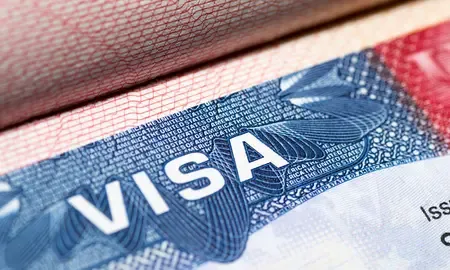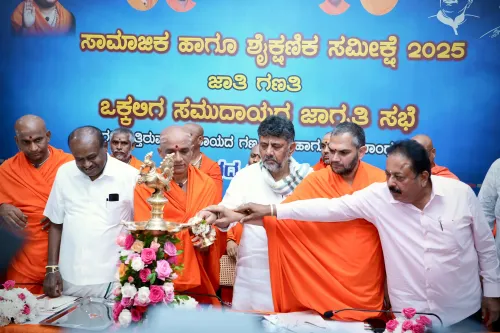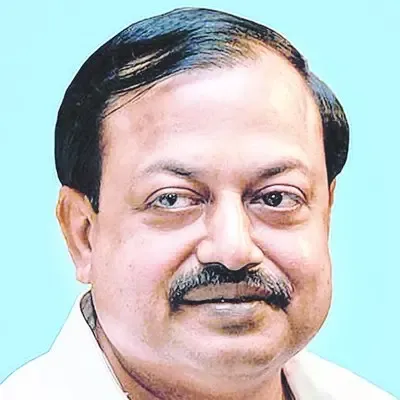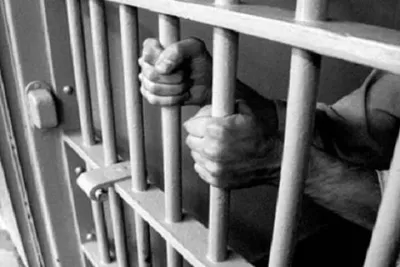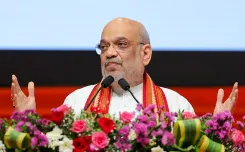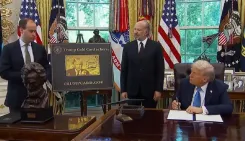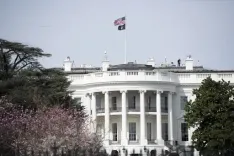How are Kishtwar Residents Benefiting from PMAY?
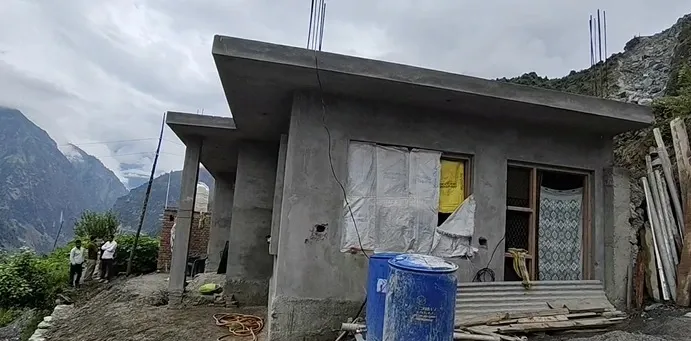
Synopsis
Key Takeaways
- PMAY aims to provide affordable housing to the economically weaker sections.
- Over 2 crore additional houses are being constructed under this initiative.
- Focus on women's empowerment with significant ownership rates.
- Training for rural masons ensures quality construction and job creation.
- PMAY has a transparent fund disbursement process through DBT.
Kishtwar, July 30 (NationPress) The Pradhan Mantri Awas Yojana (PMAY) is making a significant impact across India, offering pucca houses to economically disadvantaged communities, particularly in remote regions. One recipient, Pawan Kumar from Kishtwar district in Jammu and Kashmir, expressed his profound appreciation to Prime Minister Narendra Modi for realizing his dream of having a durable and secure home.
Pawan Kumar shared with IANS: “I hail from Nagseni. Previously, we resided in a kutcha house. Since the launch of this scheme by PM Modi, we have envisioned a brighter future. Today, we live in a well-constructed house, equipped with modern fittings and lighting. My heartfelt thanks to PM Modi for providing us this home in my mother's name. In the past, we struggled with leaks during snowy weather. Now, this pucca house ensures our safety and warmth. I sincerely thank PM Modi once again.”
The Pradhan Mantri Awas Yojana – Gramin (PMAY-G), initiated on November 20, 2016, aims to ensure housing for everyone by guaranteeing pucca homes for the poorest in rural locales. Beneficiaries are selected through a comprehensive validation process, including the Socio-Economic Caste Census (SECC) 2011, the Awaas+ survey of 2018, and approvals from Gram Sabha, with final choices made through geo-tagging and evidence-driven monitoring. The addition of Direct Benefit Transfer (DBT) has enhanced transparency and ensured timely fund allocation.
On August 9, 2024, the Union Cabinet, led by PM Modi, sanctioned financial support for the construction of an additional 2 crore houses. The current funding comprises Rs 1.20 lakh per unit in plain areas and Rs 1.30 lakh in hilly regions, covering Jammu & Kashmir, Ladakh, Himachal Pradesh, Uttarakhand, and the northeastern states.
A notable aspect of this initiative is its commitment to women’s empowerment—74% of the sanctioned houses are either entirely or jointly owned by women. The government aims to achieve 100% female ownership under PMAY-G. Additionally, almost 3 lakh rural masons have been trained in disaster-resilient construction methods, ensuring both job opportunities and high-quality housing.
In urban settings, the Pradhan Mantri Awas Yojana – Urban (PMAY-U) was initiated on June 25, 2015, by the Ministry of Housing and Urban Affairs (MoHUA) to tackle housing shortages among Economically Weaker Sections (EWS), Lower Income Groups (LIG), Middle Income Groups (MIG), and slum residents. This mission strives to provide housing for all urban families by 2022, coinciding with India’s 75th Independence anniversary.
Continuing this vision, in 2024, the Union Cabinet approved PMAY-U 2.0, aiming to construct 1 crore homes for the urban impoverished and middle-class families over the next five years. The plan holds an estimated investment of Rs 10 lakh crore, including a government subsidy of Rs 2.30 lakh crore, positioning it as one of the most ambitious urban housing projects globally.

